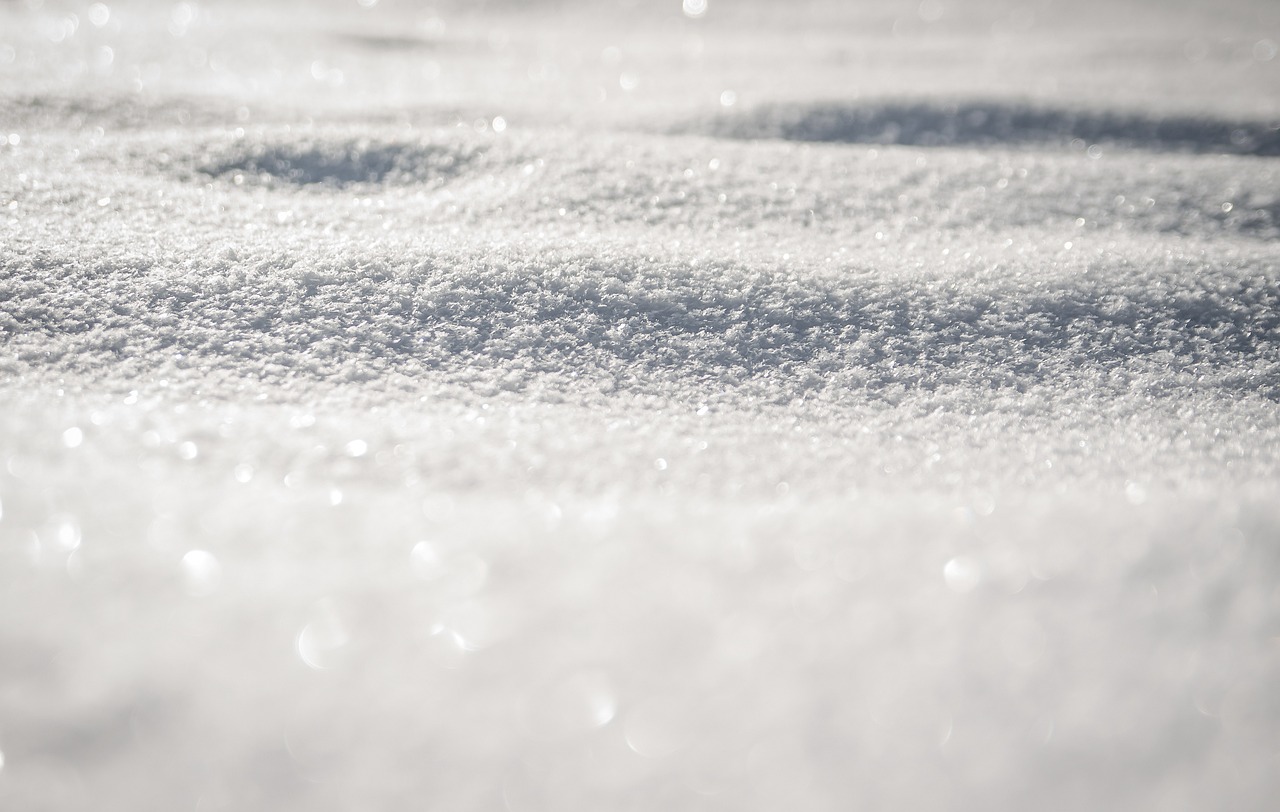
One of the things I have always found interesting about local television is how much time, resources and attention they provide to weather coverage.
The reason it’s always jumped out to me is because it’s completely different from how most newspapers and digital-news sites handle the category.
And for obvious reasons.
Local TV has a unique expertise — they hire meteorologists — and have a platform that’s pretty different from anything that newspapers and digital news sites have to work with. The approach for local TV has worked well for a long time.
But there are some great opportunities for newspapers and digital news sites to get in the weather game and create engaging content that goes beyond covering the next big storm. The reader engagement around these ideas has been significant and worth experimenting with.
Here are a few ideas:
1. Preview what’s to come in weather this month
Much like you may do for a list of events that readers might be interested in attending each month, developing a story on what to expect around weather in the next 30 days is of interest to readers. Connect with someone at the National Weather Service or even a local meteorologist and ask them to walk you through what to expect. There are typically useful maps that the National Weather Service already has available you can use to show those trends over several weeks that can pair with your story.
Example: What is ‘false spring’? A look at February’s weather forecast in Texas
2. Show numbers on what just happened
A recap of last month’s weather or by season (these 10 numbers tell the story of weather this Fall) would have a lot of value for your audience. The idea is that the numbers paint the story on the impact or the lack of impact. There are lots of ways to do this: By season, after a big storm or even a historical look back on the key numbers to know.
Examples: New York flooding by the numbers • February by the numbers • A look back at the year
3. Forecast hurricane season, snowfall and more
Readers who are in the path of potential big storms are always interested in knowing what might be coming. That’s why outlooks for specific seasons like hurricane season, summer heat and winter weather, can be of particular interest. There are lots of reports and research that comes out throughout the winter and spring you can use to do stories that offer insights on what a season might look like.
Example: Changes to 2024 Hurricane Forecasts, Plus, How Upcoming Season Might Play Out
4. Answer reader questions
Readers have lots of questions about the weather so why not provide answers to the things that people are searching for and asking about. This can be a mix of explaining how the weather works, but also key questions about what is going on with the weather. There are lots of ways to discover what people are wondering about: Google Trends, Google Console, SEMRush and Ask the Public, are all great resources. But so are Facebook Groups and monitoring what’s coming into your email.
Examples: Does a warm winter mean a brutal summer is on the way? • Chinook winds expected early Thursday morning: Brant Beckman explains the unique weather
5. Write about TV personalities
TV anchors and reporters truly are celebrities in the eyes of their viewers. And writing about who stays and who goes can be a winning engagement strategy. The news of departures and promotions is usually very public — through their social media pages — so it’s a good idea to follow those accounts and treat their announcements as news.
Example: Houston TV news: The latest hires, departures and returns
We'd love to help your organization! Fill out the form below to get started.
Recent Posts

Here are 5 ideas your newsroom can use for Mother’s Day content

Here’s why you should be making LinkedIn a priority

Here are the best tips and metrics for branded content

Web traffic dropping? Use this SEO checklist

Best measles content and revenue ideas
Case Studies

How this unique coaching program taught a reporter the digital skills she needs for the future

How branded content sales exploded for this newspaper in New York

How a TV station in South Dakota significantly grew its traffic through Stacker’s news wire

How these changes helped this newspaper’s coverage of a limo trial skyrocket to the top of Google search result pages

